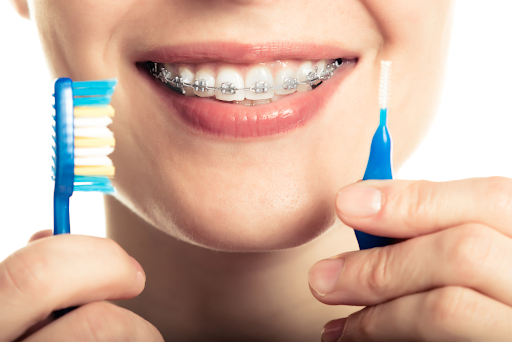Going to the dentist can be a nerve-wracking experience, especially if you don’t know what to expect. Dental procedures can seem confusing and intimidating, but understanding what’s involved in each one can help alleviate some of that anxiety. If you’re looking for a trusted and reliable Family Dentist Chapel Hill, look no further than our expert team of dental professionals. In this beginner’s guide, we’ll take a closer look at some of the most common dental procedures and what you can expect from each one.
Dental Cleanings
Dental cleanings, also known as prophylaxis, are the most common dental procedure. This is a routine cleaning that involves removing plaque and tartar buildup on your teeth. The dentist or hygienist will use special tools to clean your teeth and remove any surface stains. This is typically a painless procedure that takes between 30 minutes to an hour. It’s recommended that you get a dental cleaning every six months to maintain good oral health.
Fillings
Fillings are used to repair teeth that have been damaged by cavities or decay. During this procedure, the dentist will remove the decayed portion of the tooth and fill the area with a special material such as composite resin or amalgam. This helps to prevent further decay and restore the tooth’s function. The procedure can usually be completed in one visit and is typically not painful.
Root Canal Therapy
Root canal therapy is a procedure that is used to treat an infected or damaged tooth. The procedure involves removing the infected or damaged portion of the tooth and then cleaning and sealing the root canal. This helps to prevent further infection and preserve the tooth. Root canal therapy can typically be completed in one to two visits and is often done under local anesthesia to help manage any discomfort.
Extractions
Extractions are used to remove a damaged or infected tooth that cannot be saved. This can be a necessary procedure to prevent the spread of infection or to alleviate pain. The procedure involves numbing the area around the tooth and then removing it from the socket. In some cases, the dentist may need to perform a surgical extraction, which involves making an incision in the gum to remove the tooth. After the procedure, you’ll be given instructions on how to care for the area to ensure proper healing.
Crowns
Crowns are used to restore a tooth that has been severely damaged or decayed. The crown is a custom-made cap that is placed over the tooth to help restore its function and appearance. The procedure involves shaping the tooth to make room for the crown and then placing the crown over the tooth. Crowns are typically made of porcelain or ceramic materials and can last for many years with proper care.
Bridges
Bridges are used to replace one or more missing teeth. The bridge is made up of one or more artificial teeth that are held in place by dental crowns. The crowns are placed on the teeth surrounding the missing tooth or teeth to help anchor the bridge in place. Bridges can help to restore your ability to chew and speak properly and can also improve the appearance of your smile.
Dentures
Dentures are removable appliances that are used to replace missing teeth. They can be either partial or full dentures, depending on the number of missing teeth. Dentures can help to restore your ability to eat and speak properly and can also improve the appearance of your smile. They are typically made of acrylic materials and can be customized to fit your mouth.
Implants
Implants are a more permanent solution for replacing missing teeth. The implant is a small titanium post that is placed into the jawbone to act as a replacement for the tooth root. After the implant is placed, a custom-made crown is attached to the top to restore the function and appearance of the tooth. Implants are a popular option because they are durable and can last for many years with proper care.
Conclusion
Overall, dental procedures can seem overwhelming, but understanding what to expect from each one can help alleviate anxiety and make the experience more comfortable. If you have any concerns or questions about a specific procedure, be sure to ask your dentist or dental professional for more information. Remember, maintaining good oral health through regular dental cleanings and proper at-home care can help prevent the need for more extensive procedures in the future.
Read more: For more information please visit our website Genisys Project
For more information please visit our website LatestSurvey.net
For more information please visit our website marismalonecalderon.com

